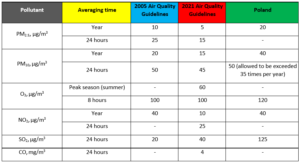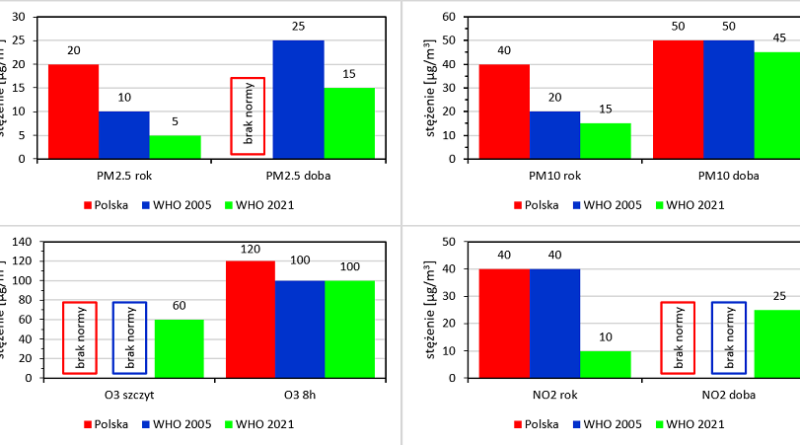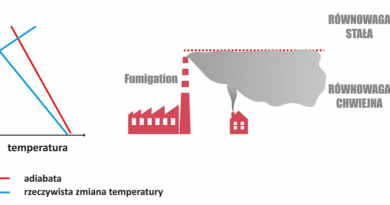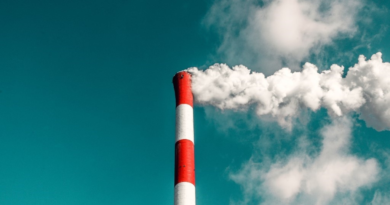New World Health Organization Guidelines on Air Quality Standards
On September 22, 2021, the World Health Organization (WHO) held a long-awaited press conference to present an update to its Global Guidelines for Air Quality Standards. The WHO Guidelines indicate levels of pollutant concentrations below which the risk of adverse effects on human health is minimal. It is worth remembering, however, that these are “only” recommendations and probably will not lead to changes of standards in many countries for years to come. WHO justifies its actions by the fact that since the last update of the guidelines in 2005, there has been an increase in the amount of evidence on the adverse health effects of air pollution, and especially on premature deaths.
It is estimated that about 7 million people die prematurely each year worldwide due to air pollution. Because of its many health effects such as respiratory infections, exacerbation of asthma attacks in children, and heart disease and stroke in adults and those at risk, the burden of disease associated with air pollution is put on par with other health risks like poor diet and smoking. According to WHO, in 2019, as much as 90% of the world’s population was breathing air deemed unhealthy according to 2005 guidelines. People living in low- and middle-income countries are the most affected, so they depend on burning fossil fuels to generate electricity and heat, and in many cases solid fuels are used to prepare meals.
New World Health Organization Guidelines for Air Quality Standards are prepared for 6 pollutants: particulate matter PM10 and PM2.5, nitrogen dioxide (NO2), sulfur dioxide (SO2), ozone (O3), and carbon monoxide (CO). This choice is based on the best knowledge of the effects of these particular substances on human health, and also on the fact that reducing emissions of these pollutants (in addition to ozone, because this gas is formed in reactions in the atmosphere) will result in reduced concentrations of other compounds as well.

The United Nations hopes that these developments will encourage all 194 member countries to take action to reduce emissions and fossil fuel use, which in addition to negative health effects, also contribute to climate change. Many countries are now under the pressure to introduce strong emission reduction plans ahead of the upcoming UN climate conference in Glasgow in November.



